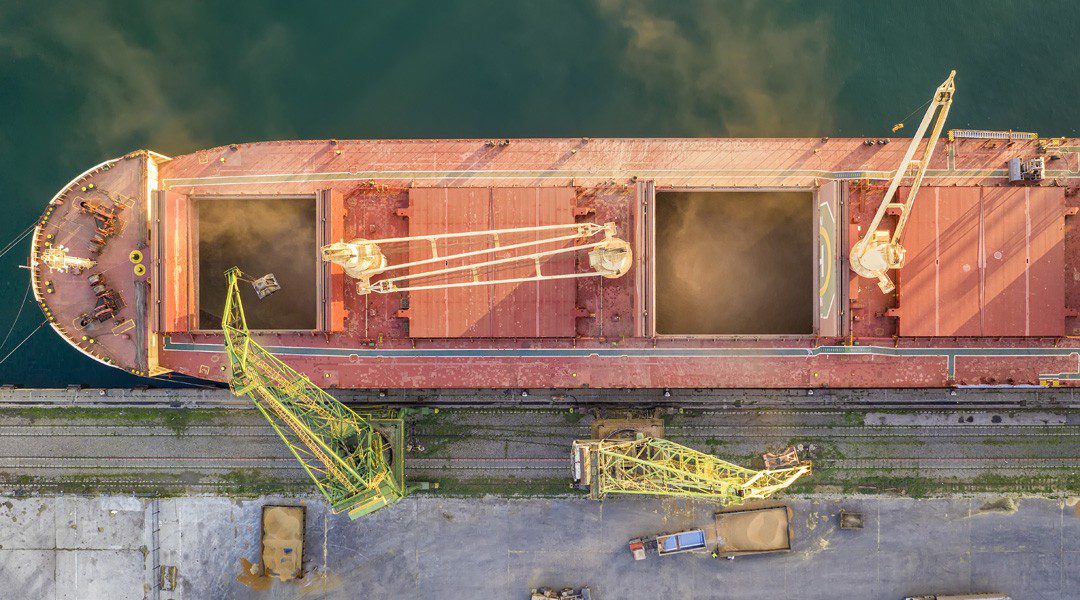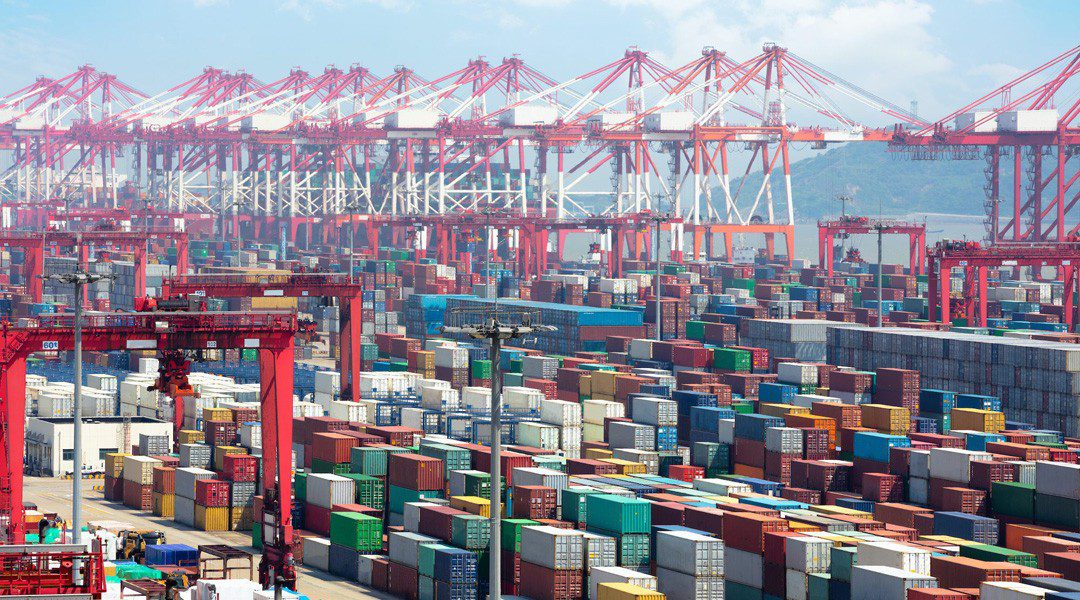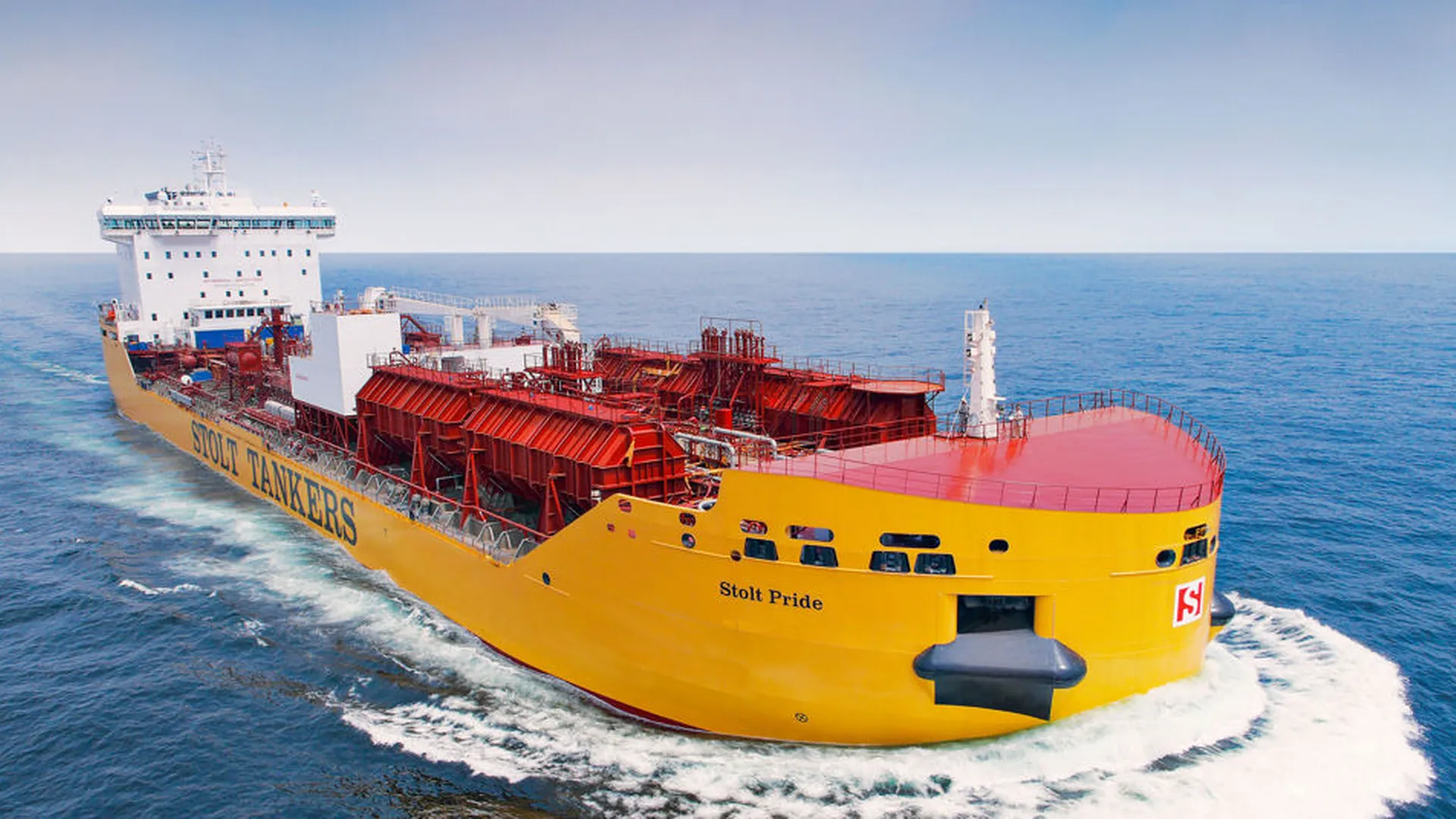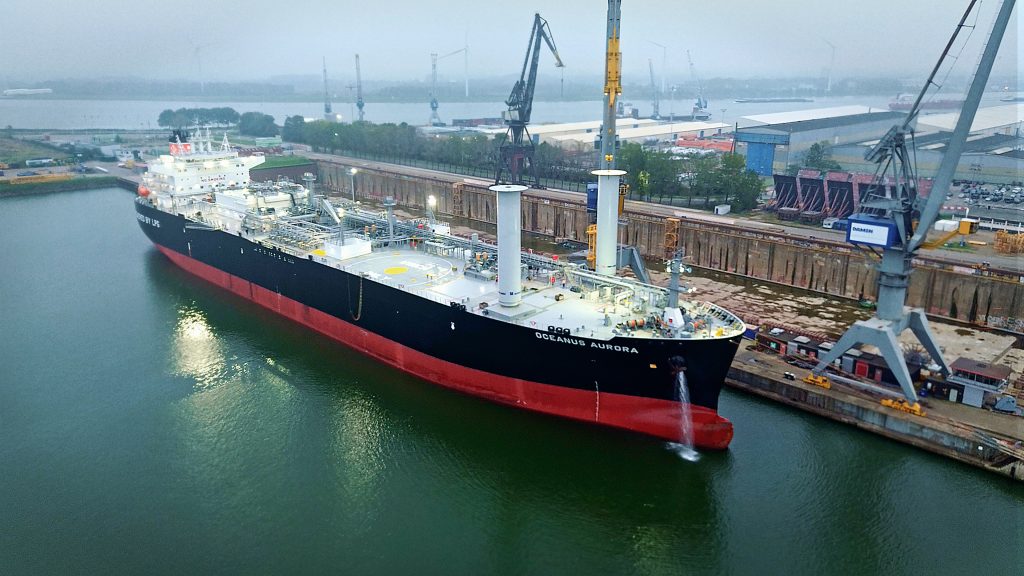The world’s largest liner company, Mediterranean Shipping Company (MSC), has recently made another major move in the secondhand ship market.
According to industry sources, MSC has purchased seven container ships from European and Chinese shipowners for a total amount of approximately $175 million, bringing its total acquisitions of secondhand vessels this year close to 50, further consolidating its dominant position in global shipping capacity.
In this round of transactions, the most notable is MSC’s acquisition of the “Atlantica Pioneer” (3,635 TEU, built in 2012) from Norwegian shipowner Atlantica Shipping for approximately $31.25 million. This deal brought substantial profits to the seller—Atlantica had purchased the vessel for only about $25 million just a year ago and has now sold it at a high price. The vessel also comes with the remaining period of its charter agreement with Spanish liner company Marguisa.
Beyond the European market, MSC is also actively expanding in Asia. According to shipbroker channels, MSC has purchased two feeder container ships from a Chinese shipowner—the “Newnew Star” (3,534 TEU, built in 2007) and the “Xin Xin Tian 2” (2,553 TEU, built in 2007). The two ships were sold as a package for a total price of approximately $55 million.
Simultaneously, MSC has also been active in the Greek market. It is reported that the company has acquired two ships from Greek shipowners: the “Navios Magnolia” (4,730 TEU, built in 2008) sold by Navios Maritime Partners, and the “Charm C” (2,546 TEU, built in 2009) controlled by Cosmoship.
According to Alphaliner data, the “Navios Magnolia” is currently on charter until the second half of 2026, with an estimated transaction price between $30 million and $35 million; while the “Charm C” was sold for approximately $25 million. Its seller had purchased it in 2023 for only $13 million. The vessel is currently chartered to Maersk, with the charter period lasting until the first quarter of 2026.
Furthermore, in early September, MSC also acquired two smaller container ships: the “Contship Oak” (1,118 TEU, built in 2007, approximately $11.5 million) and the “Cape Franklin” (1,440 TEU, built in 2006, transaction price approximately $17.5 million).
Combining data from Alphaliner and VesselsValue, MSC has cumulatively purchased over 45 secondhand container ships since the beginning of this year. Industry insiders point out that, given the persistently tight charter market and the scarcity of readily available vessels, MSC’s moves are aimed at maintaining route coverage, strengthening regional capacity, and solidifying market share.
Shipbroker Braemar analyzed that, facing high secondhand ship prices and limited chartering resources, major liner companies must remain active in the sale and purchase market to ensure service continuity and responsiveness to customer demand. Traditional tonnage suppliers are generally cautious about making purchases due to the high prices, which further expands the bargaining power of liner giants like MSC in the secondhand market.
Market observers point out that the global container shipping industry is facing a “structural shortage” of capacity in feeder and regional vessel types. As the fleet ages and newbuilding orders concentrate on large vessels, the supply gap in the feeder market is widening. MSC’s continuous acquisition efforts are both a short-term strategy to cope with the tight charter market and a long-term plan to ensure the future stability of its regional route network.
It is widely believed within the industry that, as geopolitical and climatic factors such as the Red Sea crisis and Panama Canal draft restrictions continue to disrupt shipping patterns, companies with flexible, owned tonnage will possess greater resilience in service adjustments and route scheduling. MSC’s latest acquisition spree is a crucial step in consolidating its position as the global liner leader and building a safety buffer for its capacity.




